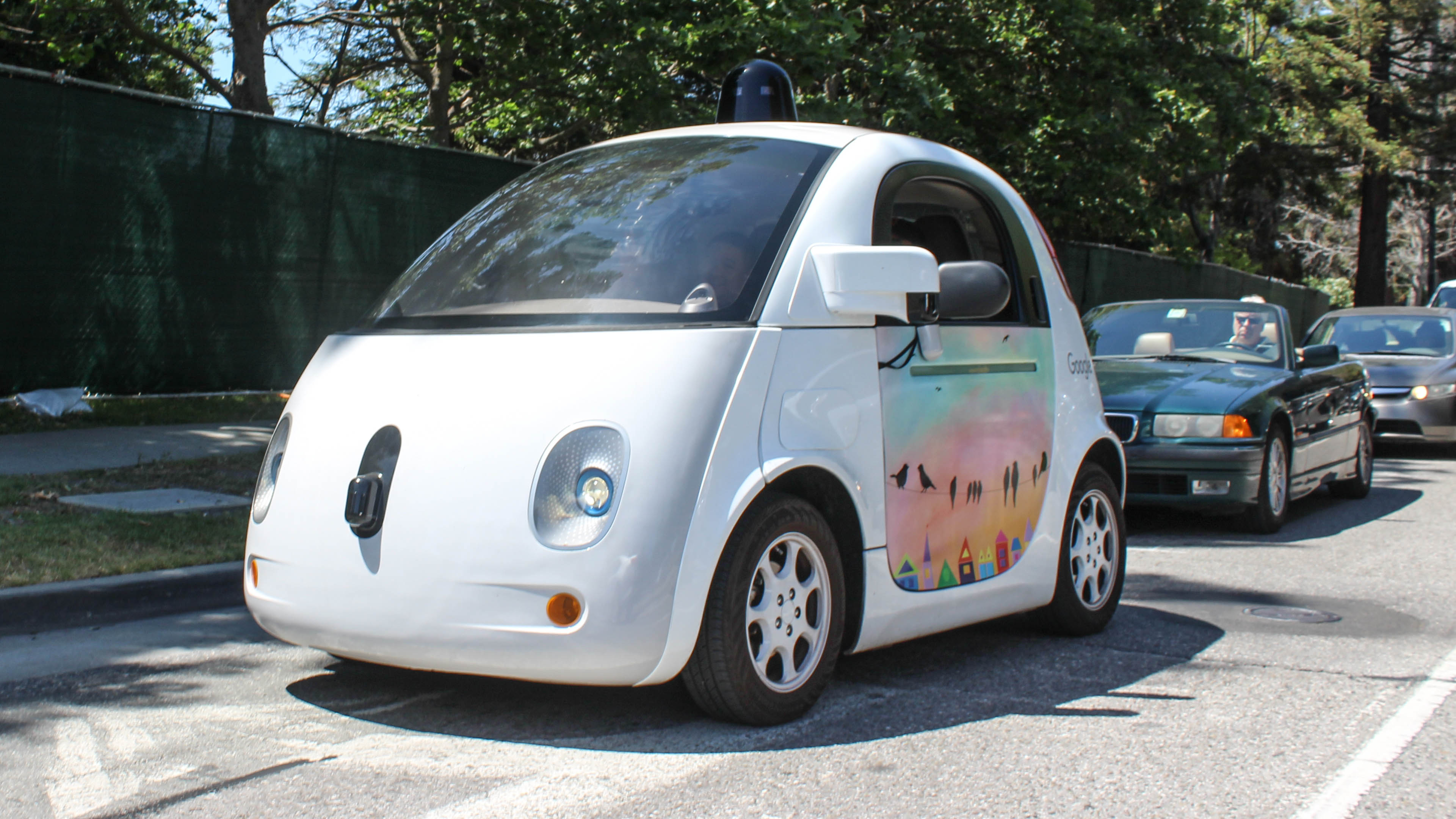Self-driving cars in California to begin testing without humans behind the wheel
More freedom in testing, more restriction in advertising

California's Department of Motor Vehicles (DMV) has released a revision of draft regulations that will give companies more freedom when testing self-driving cars but more restrictions when advertising them.
One of the most significant changes the new regulations will introduce is that the most advanced cars will no longer have to have a licensed driver when being tested at two designated test sites as long as they pass the necessary safety assessments.
As California is such a central location for the development of autonomous vehicle technology, the state's DMV has been trying for a few years now to create regulations that ensure the safety of road users but don't excessively restrict the technology companies.
A.I take the wheel
The original regulations, which required every self-driving vehicle to have a driver as a passenger, were criticized by technology and car companies who said that such requirements stifled innovation. Google, which envisions self-driving vehicles with no need for human control at all, was particularly against this requirement.
To be able to take their technology onto the roads to be used by the public, carmakers will also now have to pass a 15-step safety assessment issued by the National Highway Traffic Safety Administration.
The safety assessment will delve into things such as how a car detects and avoids obstacles; how secure it is in the face of cyber attacks; and what backup systems come into play should the software fail. This thorough federal test means cars will no longer have to be tested by a third-party which the original regulations insisted upon.
Despite the increased freedoms in testing, the DMV are cracking down on the language that can be used to advertise semi-autonomous cars. Vehicles which make use of cruise control or lane assist systems will no longer be able to use phrases such as "self-driving" or "autonomous" in their advertising.
Sign up for breaking news, reviews, opinion, top tech deals, and more.
These semi-autonomous vehicles have come under particular scrutiny following the recent Tesla fatality in which the driver was using Tesla's semi-autonomous Autopilot system.
Tesla was criticized by consumer groups who felt that the name Autopilot was misleading as it could be interpreted that the technology required no driver intervention. Thanks to these new regulations, cars which require a human driver to remain engaged at all times will now have to be more clear in their language.
Before these draft regulations can be finalized, they'll be brought to a public hearing on October 19 in Sacramento.

Emma Boyle is TechRadar’s ex-Gaming Editor, and is now a content developer and freelance journalist. She has written for magazines and websites including T3, Stuff and The Independent. Emma currently works as a Content Developer in Edinburgh.